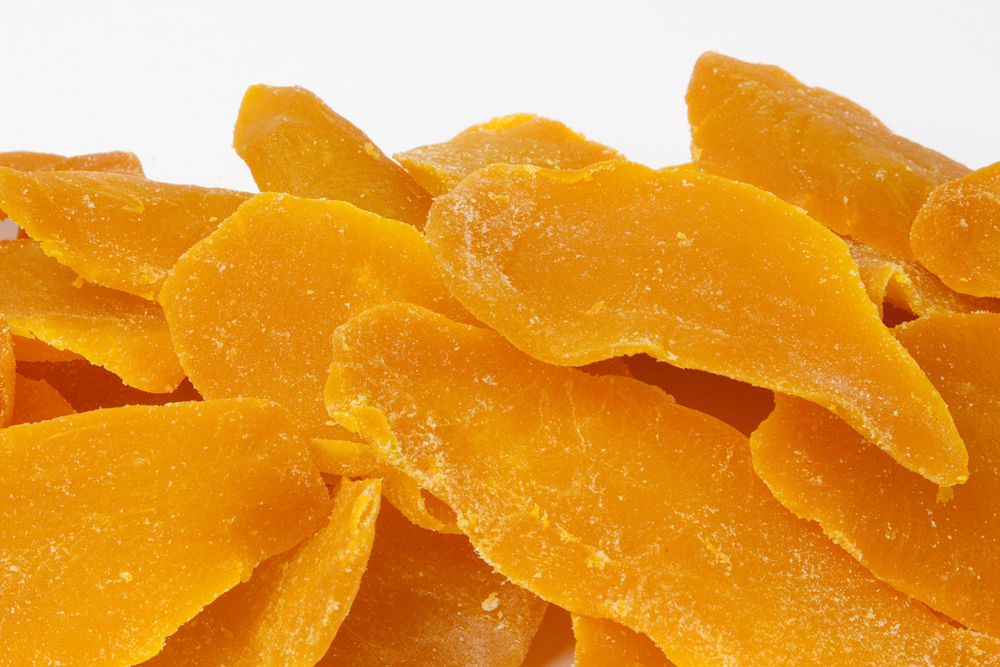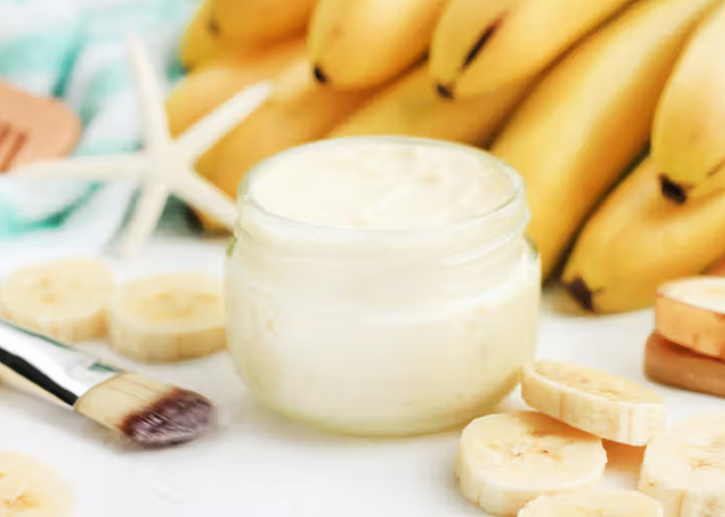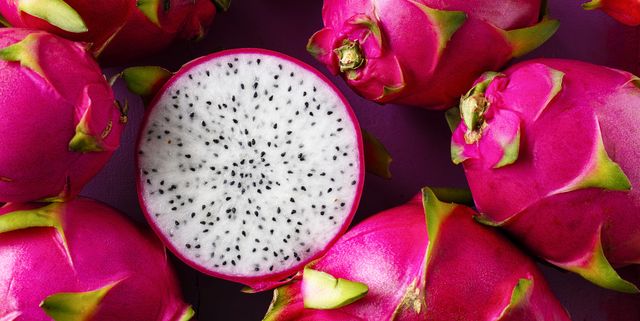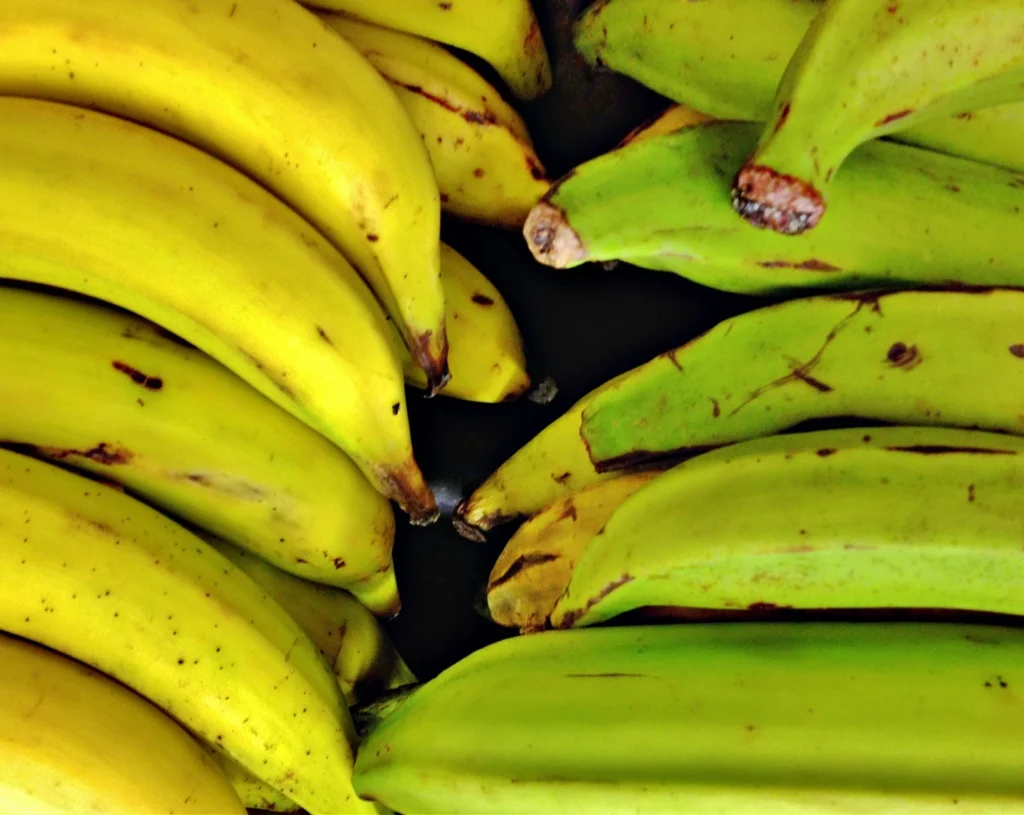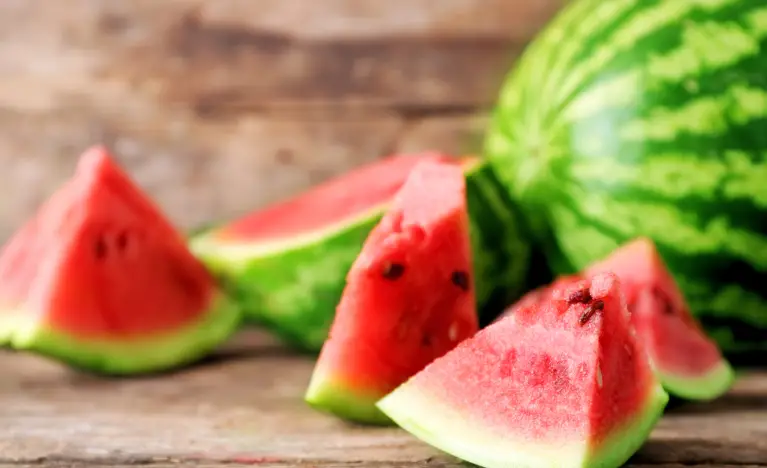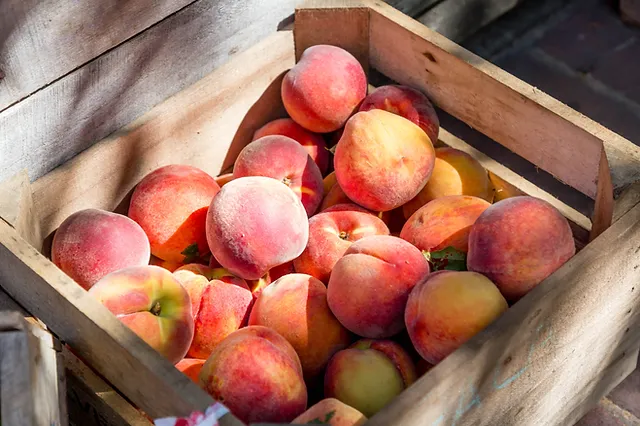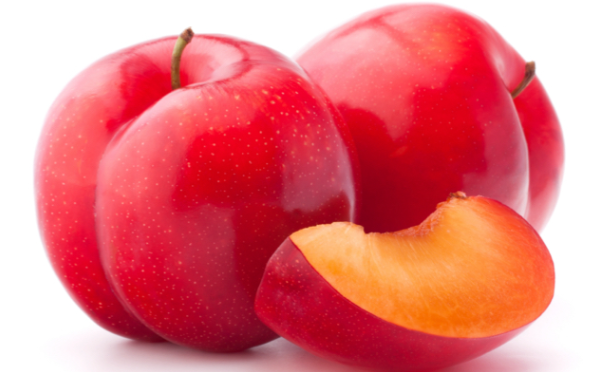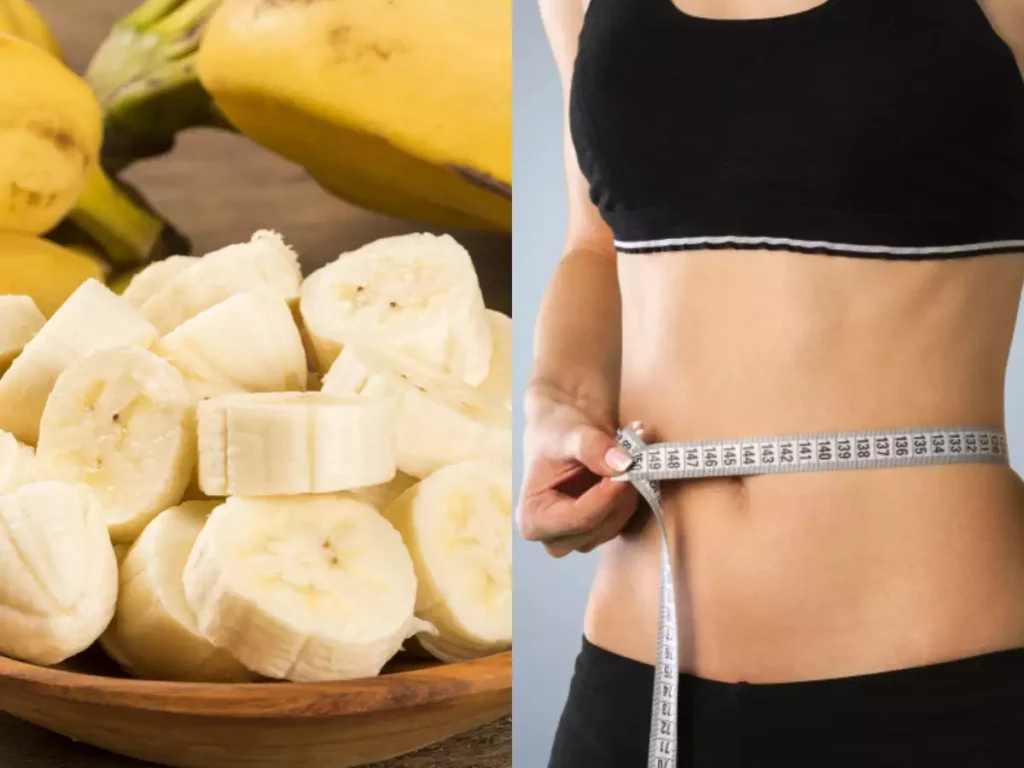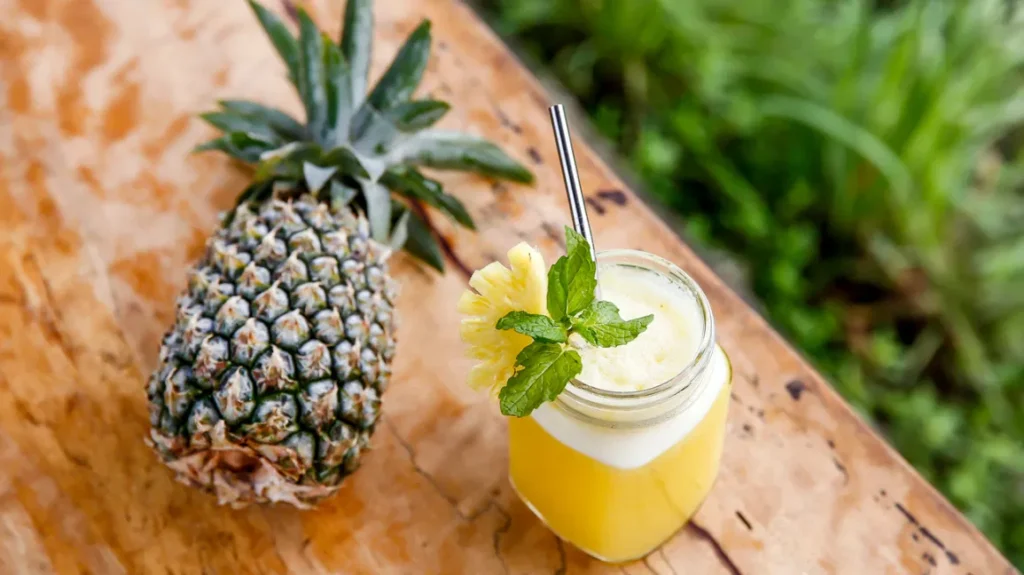Pineapples are sweet and delicious, and lots of people love them. But some folks have trouble with an enzyme in pineapple called bromelain. This can make them feel bad or even cause allergic reactions.
If you’re someone who has problems with bromelain, don’t worry. This article will show you how to deal with bromelain so you can enjoy pineapple without any issues.
Table of Contents
- What is Bromelain and What Does it Do?
- Choosing the Least Problematic Pineapple
- 1. Go for ripe pineapples
- 2. Choose pineapples with a golden color
- 3. Stay away from very green pineapples
- Using Heat to Make Bromelain Inactive
- 1. Cooking the pineapple
- 2. Blanching the pineapple
- Using Acid to Deal with Bromelain
- 1. Lemon or Lime Juice
- 2. Vinegar Soak
- More Ways to Handle Bromelain
- 1. Canning or Freezing
- 2. Natural Enzyme Blockers
- 3. Bromelain Blocking Products
- Summary
- Frequently Asked Questions
- Can the enzyme bromelain in pineapple lead to allergies?
- Is it possible to get rid of all the bromelain in pineapple?
- Do pineapples that are canned or frozen still have bromelain?
- What other fruits taste similar to pineapple but don’t have bromelain?
What is Bromelain and What Does it Do?
Bromelain is something in pineapple that can break down proteins. It’s usually found in the middle and the hard parts of the pineapple. It’s what makes pineapple good for tenderizing meat.
Bromelain is healthy because it helps with digestion and reduces swelling. But, for some people, it can cause tummy trouble, mouth sores, or allergies.
Choosing the Least Problematic Pineapple
Getting the right kind of pineapple is the first step to avoid problems with bromelain.
Here are tips to find a pineapple with not so much bromelain:
1. Go for ripe pineapples
Ripe pineapples have less bromelain. When pineapples get ripe, the amount of bromelain in them goes down. So, a ripe pineapple will not have as much of the enzyme.
2. Choose pineapples with a golden color
The color on the outside of a pineapple can show if it’s ripe. Golden-colored pineapples usually have less bromelain. Try to avoid pineapples that are green or not fully golden.
3. Stay away from very green pineapples
If a pineapple looks really green, it probably has a lot of bromelain. It’s best to not choose these pineapples if you want to avoid the enzyme.
Using Heat to Make Bromelain Inactive
Heat can make bromelain stop working. If you heat up pineapple, the enzyme will not cause problems anymore.
Here’s how you can do it:
1. Cooking the pineapple
If you cook pineapple, like grilling, baking, or frying, the heat will make the bromelain inactive. So, you can add cooked pineapple to your meals and not worry about the enzyme.
2. Blanching the pineapple
Blanching means you put pineapple in boiling water for a short time and then quickly put it in cold water. This can also turn off bromelain, so you can enjoy the pineapple safely.
Using Acid to Deal with Bromelain
Acid can also help with bromelain. If you add something acidic to pineapple, it will help lessen the power of the enzyme.
Here are some ways to use acid:
1. Lemon or Lime Juice
Putting juice from a lemon or lime on pineapple slices can calm down the bromelain. The acid from these citrus fruits stops the enzyme from causing problems.
2. Vinegar Soak
Letting pineapple sit in a mixture of water and vinegar can also stop bromelain. Mix one part vinegar with three parts water and soak the pineapple for about half an hour. Make sure to rinse it off before eating.
More Ways to Handle Bromelain
Besides using heat and acid, there are other things you can do to neutralize bromelain and eat pineapple without worry. Let’s look at these methods:
1. Canning or Freezing
Putting pineapple in cans or in the freezer can really lower how much bromelain is active. When pineapple gets super hot to go in cans, or very cold to freeze, the enzyme stops being a problem.
2. Natural Enzyme Blockers
Some other foods have things in them that can stop enzymes like bromelain. Eating foods like ginger, garlic, or turmeric with pineapple may help stop the effects of bromelain.
3. Bromelain Blocking Products
If you eat pineapple a lot or if you are really sensitive to bromelain, you might want to try products that block the enzyme. These are special supplements you can buy that help neutralize bromelain.
Summary
With all these different ways to neutralize bromelain, you can go ahead and enjoy pineapple without hesitation.
Remember to pick ripe pineapples, use either heat or acid solutions, and look into other options like canning, freezing, and enzyme blockers. This way, you can have pineapple as a tasty treat and not have to worry about any bad reactions.
Frequently Asked Questions
Can the enzyme bromelain in pineapple lead to allergies?
Yes, the enzyme bromelain found in pineapples may cause allergies in certain people. If you eat pineapple and then feel unwell or show negative reactions, it’s a good idea to talk to a doctor or a health expert.
Is it possible to get rid of all the bromelain in pineapple?
Getting rid of all the bromelain in pineapples can be pretty tough. However, there are ways to lower the amount of this enzyme. These include cooking the pineapple, blanching (quickly putting it in hot water), and soaking it in something acidic like lemon juice or vinegar.
Do pineapples that are canned or frozen still have bromelain?
When you can or freeze pineapples, this process reduces a lot of the bromelain enzyme, which makes them more suitable for people to eat. But, it’s worth noting that canned or frozen pineapples might still have a little bit of bromelain left in them.
What other fruits taste similar to pineapple but don’t have bromelain?
Although no other fruit can match the unique flavor of pineapple exactly, there are some, like mangoes and papayas, that offer somewhat similar tropical tastes. These fruits can be good replacements for anyone who has a sensitivity to bromelain.
